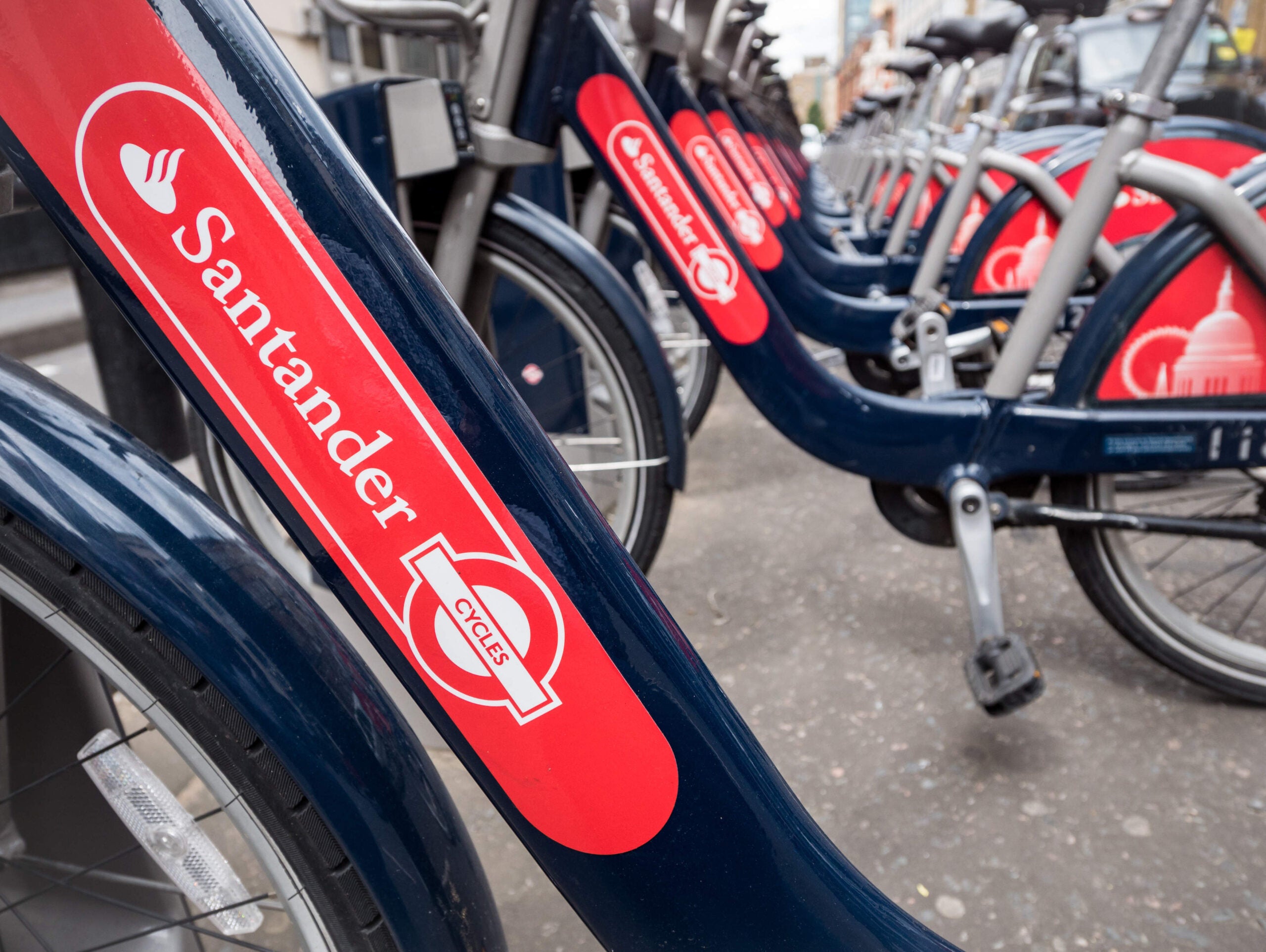A modest two hearty cheers for Santander’s full year results.
On the positive side, the Eurozone’s largest bank by market cap kicked off the major European banks reporting season by beating analyst forecasts with a four percent rise in net profit to €6.2bn ($6.6bn).
On the vexed recurring theme of Brexit, Santander chair Ana Botin said the bank has seen no negative impact in the UK from the Brexit vote.
She added that Santander had no plans to relocate UK staff and said she was now “’less pessimistic” about the impact of Brexit.
Attention will now turn to Santander’s UK rivals’ results.
Having made significant progress in selling off non-core businesses, ridding itself of exposure to toxic assets and a slowdown in litigation and regulatory penalties, Barclays looks well placed for a strong year.
Meantime, Lloyds will attract positive analyst sentiment thanks to its strong capital position, double-digit return on equity and attractive dividend yield.
Sterling’s slide drags
But back with Santander. In the UK, Santander’s net profit fell by 14.7 percent on the back of the weaker pound but underlying profits inched down by only four percent.
Positive UK metrics include the addition of 483,000 new Santander 123 account customers; total deposits by customers with a primary banking relationship with the bank were up a healthy 10 percent to £94.6bn ($119.3bn).
Santander continues to benefit from simplifying its product suite from about 100 to fewer than 10 products under the 123 brand, which refers to the mix of interest rates and cash-back rates.
The bank has also accelerated the development of its digital channels ahead of some of its traditional rivals while avoiding negative press for mass branch closures.
For the period January 2015 to December 2016, Santander closed a net 87 outlets, to end the year with a UK branch network of 841 units.
By contrast, HSBC closed nearly one-in-three of its branches and will end 2017 with 625 outlets while Barclays, RBS NatWest and Lloyds have shuttered 191,180 and 132 units respectively.
The market reacted positively to Santander’s figures, with shares gaining almost five percent by the close in London; in the past 12 months, the shares are ahead by 51 percent.







